A recent trip to Big Creek Provincial Park by way of Tyaughton creek and Lorna Pass inspired this post’s topic because ohhh holy moly the Robberflies were A-BUN-DANT! I’ll explore the reason why I think they were out in great numbers and diversity on this trip. But first, what is a Robber fly?
The Family Asilidae are commonly known as Robber flies which got their name from their ambush style of capturing prey. These flies attack flying insect prey from behind (dorsally), so that when attacking a stinging insect the Robber fly itself doesn’t get stung. Built tough, these flies are equipped with a sucking mouthpart called a hypopharynx (tongue-esc) that – while short – is sharp and lethal and delivers a dose of paralyzing saliva. Once the prey’s juicy bits are liquified through a second injection of different enzymes, the contents are sucked up via the proboscis, and into its digestive system. Their little spiny legs extend slightly outwards from their bodies which gives a very sturdy appearance: no one is knocking around me kind of vibes. On their exterior spines adorn their legs, and body hairs exist in various quantities depending on the species. They even have a little mustache! The mystaxis is a small hairy set of bristles on the face. Come on, can these flies get any cuter? Well these stiff facial bristles perhaps are useful when dealing with rambunctious prey; these flies got to eat and different adaptations over their evolutionary history help them to do just that!

Speaking of meal time. . . . Most Asilidae will capture and chomp on any insect of devorable size, but some specialize in a particular prey. Opportunistic, non-selective, and generalist are good descriptors of their foraging style. Prey preference is reflected in their body shape, from slender to bulky, all evolution at work. A paper on Neotropical Robber Flies describes in more detail their feeding and foraging behavior, which I assume would be similar to those in British Columbia. Researchers describe flies being quite the greedy feeders and will forget about a smaller prey and exchange for another. Even if they have secured a prey they will continually search for more. “Attack” and “relocation” flights are noticeably different, which I’ve observed in the field. Shelley’s 1984 paper describes what others have also found, that when going for prey the fly takes off rapidly to a specific point, and then returns to its initial spot. Whereas relocation flights are slower and indeterminate in direction. A mixture of the two flights can occur, like grabbing a to-go-meal with a leisurely drive before and after.
But what exactly do they eat and how much? In BC our Robbers generally eat one to two Orders of Insects, Whereas in New Mexico/Texas Asilidae hunt workers of the harvester ant Pogonomyrmex (Pollock, 2021). Spiders are also consumed, but only at a very low percentage (Dennis et al. 2012). In Great Britain and other places , Coleoptera, Hymenoptera, Diptera, and Lepidoptera were also recorded as prey (Dennis and Lavigne 2007). What hungry little hippos! Well you can be thankful for Robbers as their voracious appetites help keep insect populations in check. Across the globe studies have looked at the average daily prey intake for Asilidae which ranges from 6 to 35 insects, so perhaps a rough average of 17, but the number is quite species and size specific so 17 is the most basic estimate I could derive.
Worldwide there are about 7,000 species, with about 200 species residing in Canada, and we saw quite the diversity on this last trip in the Chilcotin Mountains. While we found most of the Robber Flies along trails in open areas and meadows, grasslands hold 75% of BC’s Asilidae. Oh! Time to take a trip to the grasslands. So far we’ve seen about 33 taxa of Asilidae worldwide, of which roughly 26 are from BC, and about 12 from the Chilcotin Mountain area. Until we return to some classy blue and bunchgrass habitat, the interface between habitat types is a great spot for these flies, which I’ll now describe further.
So how do we come across these fabulous flies? After many hours on hot trails watching and photographing these buggers it’s nice to read in the literature a confirmation of what we’ve observed. Around here in Southwest BC they are most active during the hottest part of the day in open areas with lots of light. When we come across an area with lots of windfall, logs, branches, anything that offers a great perch to ambush any nearby flying prey it’s time to stop and look at the logs. While old logs are very reliable spots to look for us, they also perch on branches, the ground, or vertically on plant stems. This combined with an open canopy, allowing lots of light to hit the forest floor is a perfect spot to watch for them. I think because we had chaotic thundering weather for days during this recent backpacking trip the moment the glorious rays of sun broke through the Robber flies went bananas and would take advantage of the high temps before the dark clouds released precipitation.
But wouldn’t hanging out in open exposed, high temperature areas be quite taxing on the fly’s body? Well, basking in the sun in between attacks maintains the high body temperature these flies possess, which obviously comes with its advantages and disadvantages. This helps explain why they are much harder to find during overcast days. For flies with a short lifespan, a high body temp means they have to continually eat due to their high metabolism. All that foraging means a higher chance of meeting a mate and for females finding corresponding egg laying sites. If food is abundant then a high body temp is fine, as it increases the net energy gained from food. One other advantage is a warm body means it’s always ready for take off.hile beneficial for foraging, this also aids in predator avoidance, and I assume to catch up to a potential mate.

Romantic acts occur tail-to-tail, heads facing opposite directions, no sexy eye contact here. Perhaps the lack of eye contact is necessary as they are capable of flying while in tandem so that a full 360 degree-ish view would come in handy to spot another perch, avoid predators, etc.. For certain species when locked together I think it would be possible to tell male from female, because for some species the female have broader abdomens and coloration on the wings and body can differ between sexes (Cannings, 1997).
As an insect, Robber Flies have a larval stage in which live soil or rotting wood. They predate on other insects also in larval or pupae stages, and also are ectoparasitic of other larvae.

For a little highlight, one of our favorite genera is Laphria. The Genus Laphria are known as the “Bee-like” Asilidae, and have a Holaratic distribution. As a bee-mimic they usually have some fabulous yellow and black markings and quite the hairy little dudes. Because their eyes are fixed their mobile neck allows them to twist their head in order to align the front areas of their eyes to be at right angles to their line of sight according to Bullinghton’s Laphriini.com. I noticed this recently on a fly that was perched but continuously moved its head back and forth like a little bobble head.
Hopefully you found something about these great flies interesting, as my goal is to help others see how neat insects like these are, and how fascinating their life history is. I encourage you next time when you find yourself on a trail in BC or the West Coast of North America to pause and look for Robber flies when you come across an area with lots of light and downed wood. If you are reading this from elsewhere Robbers are found worldwide and I’d love to hear where you found them!

Happy Bug Hunting!
Resources:
The Robber Flies (Diptera: Asilidae) of Western Canadian Grasslands by Robert A. Cannings
Shelly, T. E. (1984). Comparative foraging behavior of Neotropical robber flies (Diptera: Asilidae). Oecologia, 62(2), 188–195. doi:10.1007/bf00379012
Darren A. Pollock “ROBBER FLIES (DIPTERA: ASILIDAE) AS PREDATORS OF HARVESTER ANT WORKERS (HYMENOPTERA: FORMICIDAE: POGONOMYRMEX) IN EASTERN NEW MEXICO AND WEST TEXAS,” The Southwestern Naturalist 65(1), 19-27, (5 May 2021). https://doi.org/10.1894/0038-4909-65.1.3
Dennis, D. Steve, and Robert J. Lavigne. “Hymenoptera as prey of robber flies (Diptera: Asilidae) with new prey records.” Journal of the Entomological Research Society 9.3 (2007).
Ghahari, H., et al. “New records of robber flies (Diptera, Asilidae) for the Iranian fauna with their prey records.” Far Eastern Entomologist 179.1.9 (2007).
Cannings, ROBERT A. “Robber flies (Diptera: Asilidae) of the Yukon.” Insects of the Yukon. Biological Survey of Canada (Terrestrial Arthropods), Ottawa (1997): 638-662.


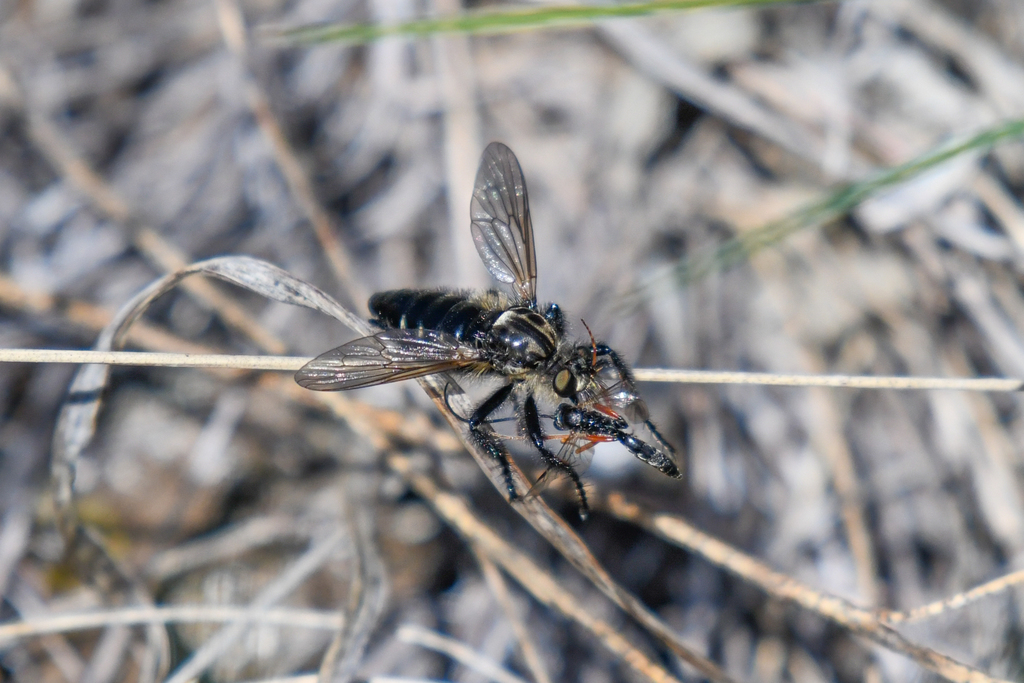


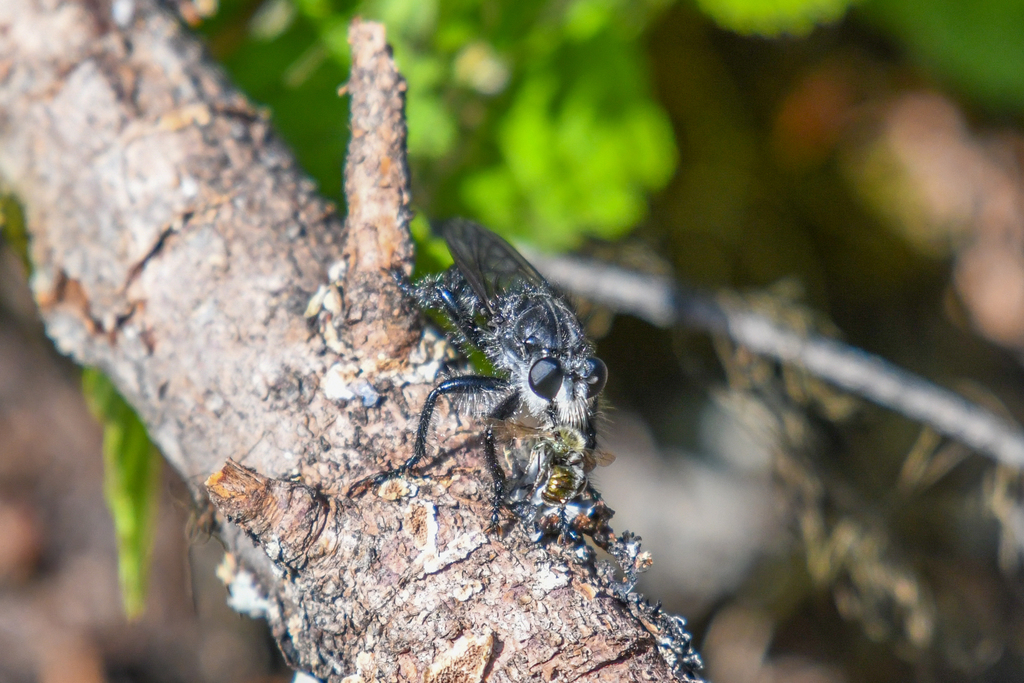

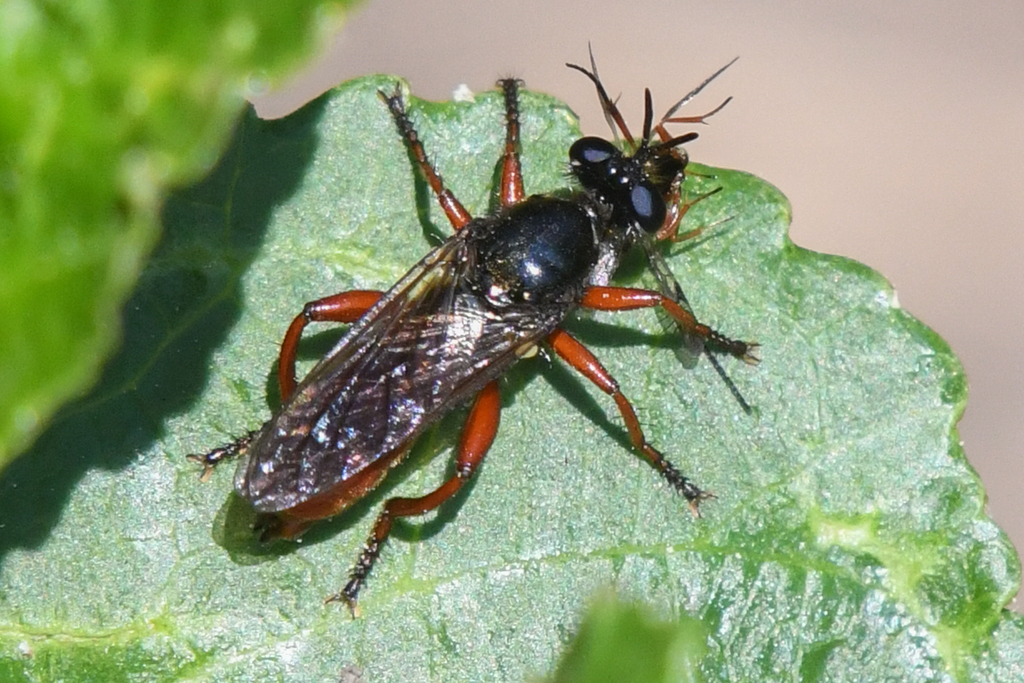
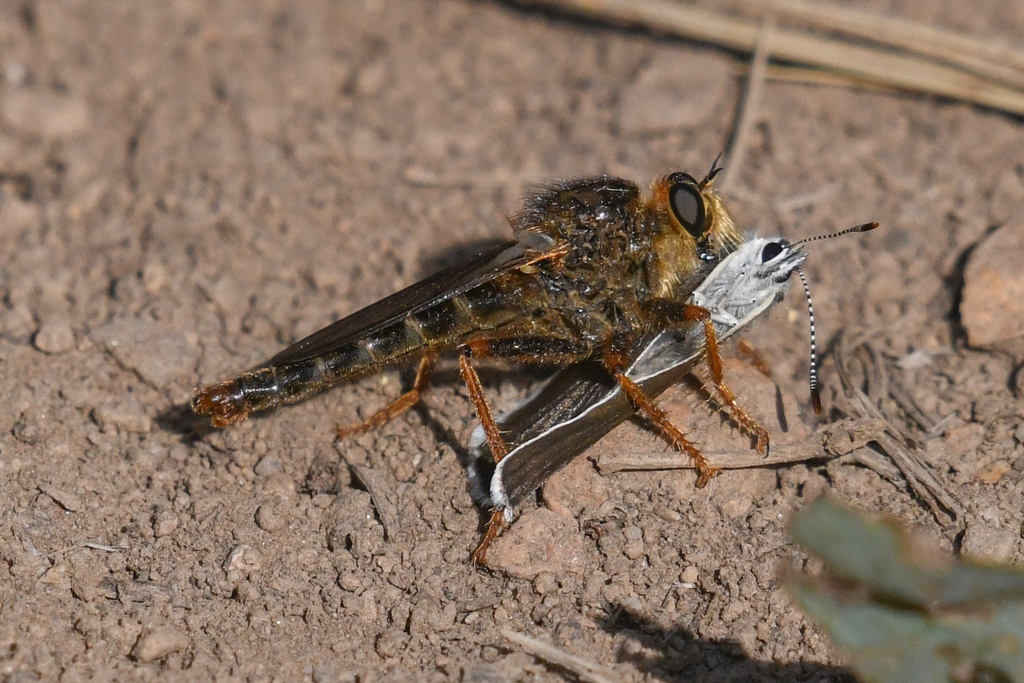
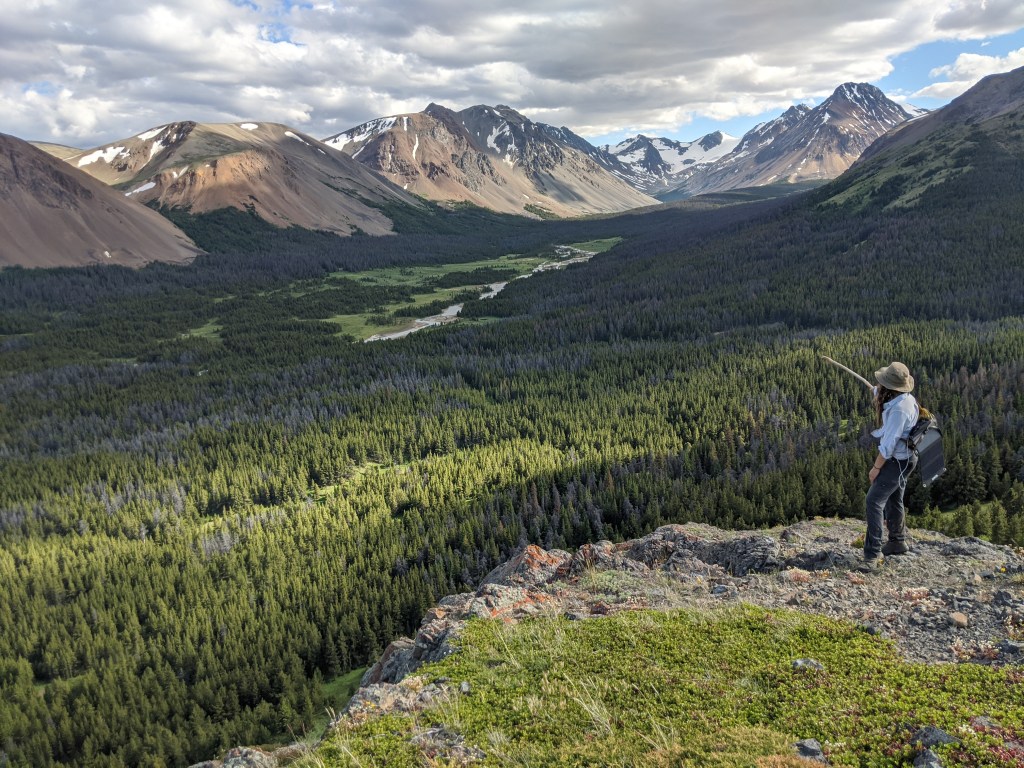
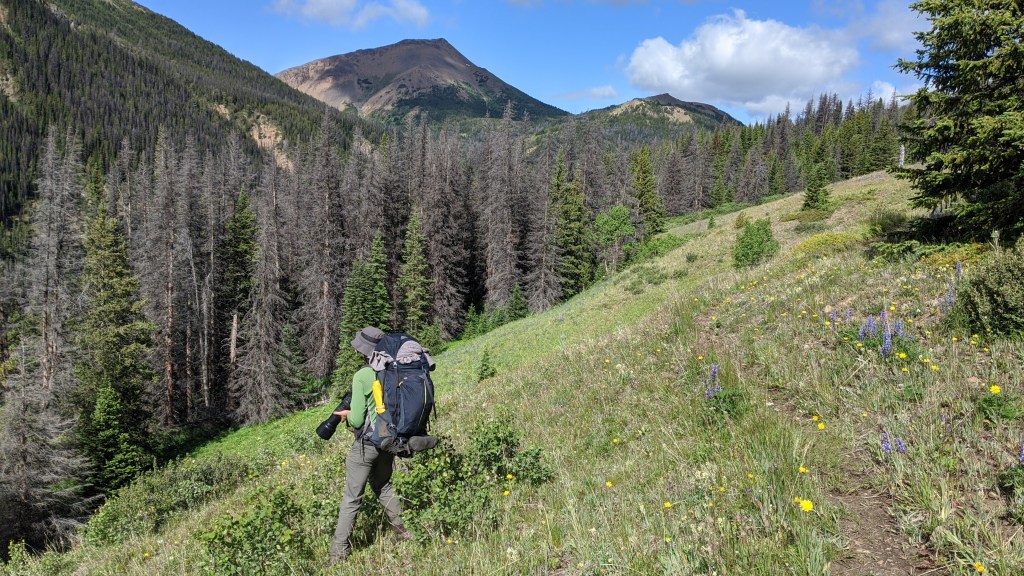


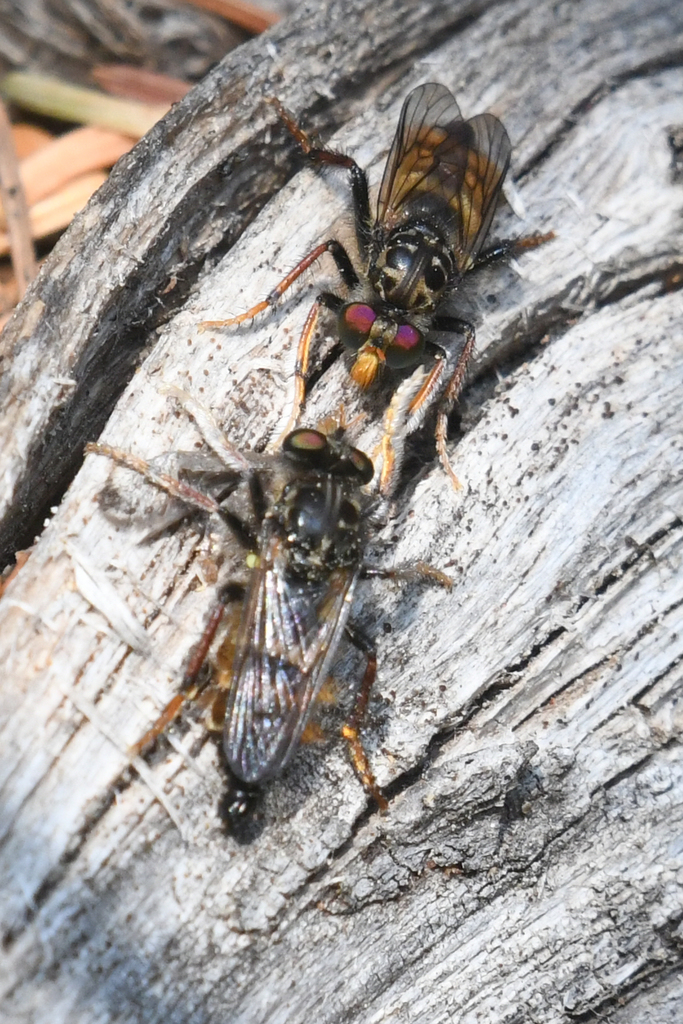




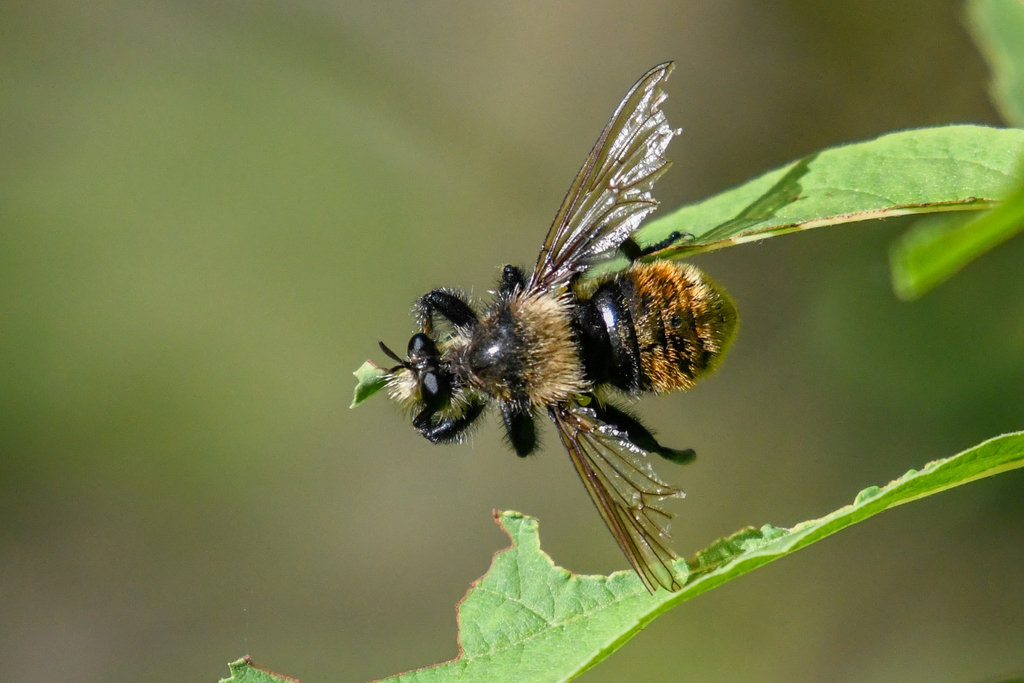
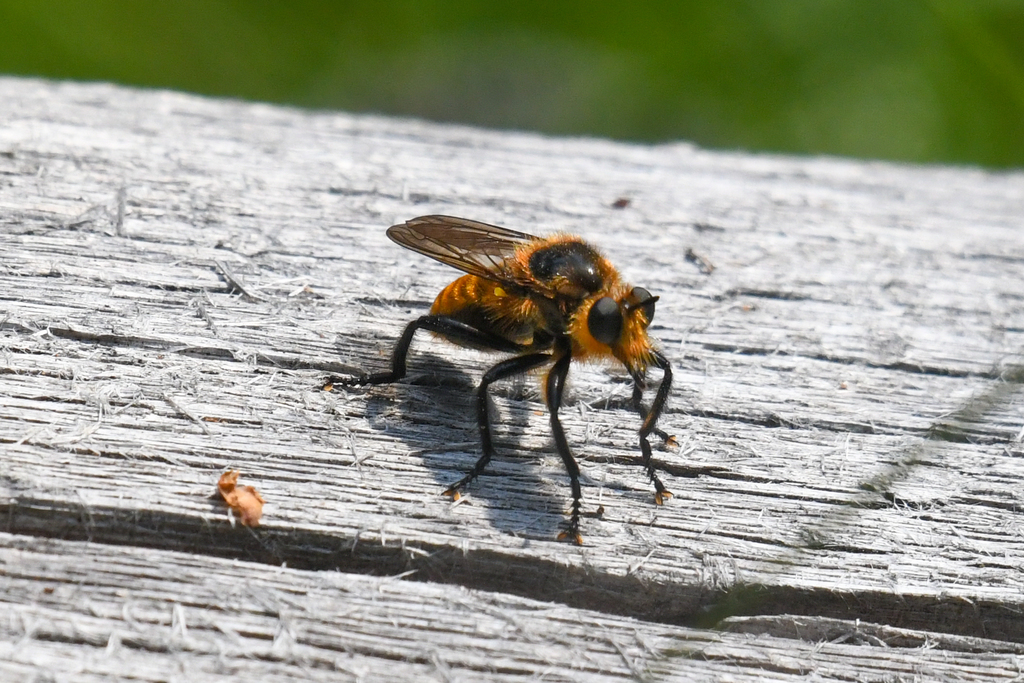
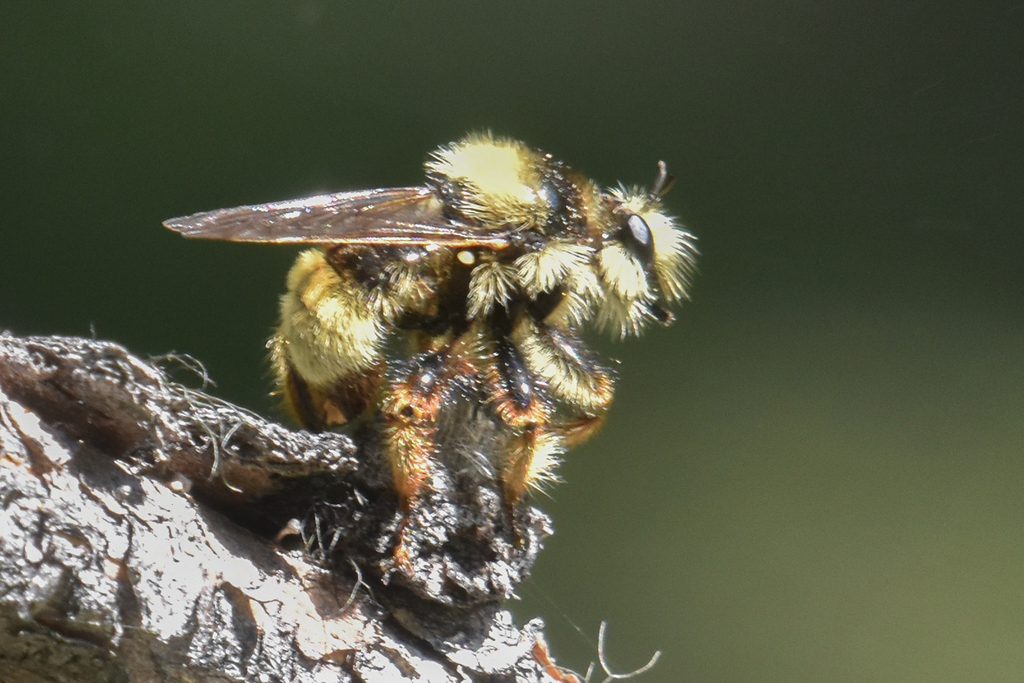
Impresive…. fabulous observations…. amazing stuff .
Sent from Mailspring (https://link.getmailspring.com/link/EEF7DA27-682F-4DB9-8A6C-3178C8A71819@getmailspring.com/0?redirect=https%3A%2F%2Fgetmailspring.com%2F&recipient=Y29tbWVudCtlNnRna255cGs4dzB2cnZydDhwYWVuaG5AY29tbWVudC53b3JkcHJlc3MuY29t), the best free email app for work
LikeLike
Thank you!
LikeLike
a ver y good scientific article
LikeLike
Thank you!
LikeLike